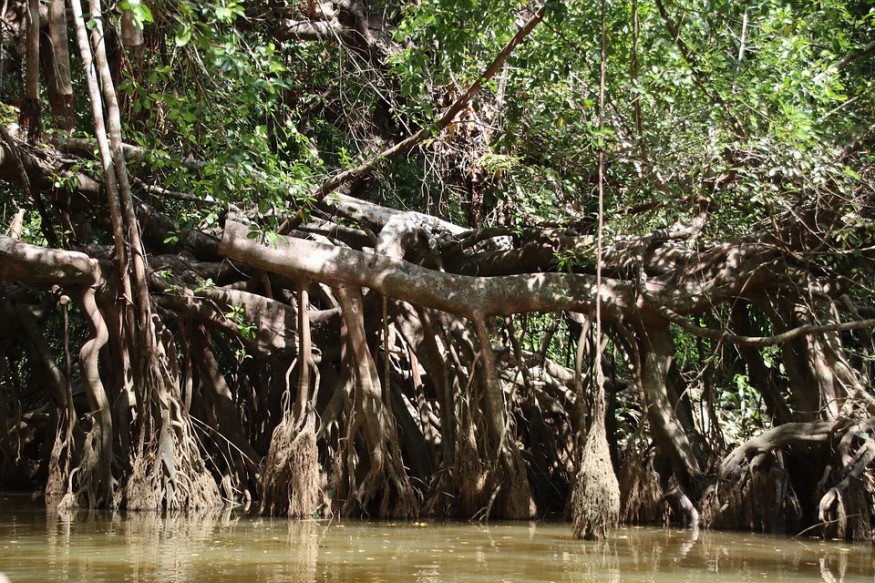
Hurricane aftermath left the mangroves of Everglades National Park battered, yet it helped the mangrove forests by bringing in nutrient-rich soil from sediments and added elevations, making it more resilient to sea level rise.
This sums up the findings of scientists in its study report to the Proceedings of the National Academy of Sciences (PNAS) last February 18.
The study reveals that Hurricane Irma made landfall last September 10, 2017, in Southwestern California at 115 miles per hour winds, earning it a category 3 storm. The hurricane wrought through the mangrove forests of Everglades National Park, causing the trees to shed leaves and even cutting some trees to pieces. But the disaster brought with it nutrient-rich gray soil, courtesy of the storm surge.
The storm surge with heights reaching nine feet in coastal areas brought in sediments rich in phosphorous from the Gulf of Mexico. The new layer of soil is two times richer in phosphorous than the older soil. The sediments also added 1.5 inches to the surrounding soil, 14.4 times the amount of soil that the mangroves normally gather in a year.
While the mineral sediments are expected to erode, it will increase the elevation of the said mangrove areas. This is crucial because mangroves are constantly battling with sea-level rise which has dramatically increased in Southern California the past decades. Mangroves need to keep pace with the sea level rise, else, it will drown. Edward Castañeda-Moya, a wetland ecologist at Florida International University in Miami and co-author of the research said.
Mangroves are located between land and sea on subtropical and tropical coastlines and are constantly flooded because of the tides. One of its functions is it provides protection from catastrophic events, such as tsunami, tropical cyclones, and tidal bores and can dampen shoreline erosion.
In 2005, Castaneda-Moya's team found out that during Hurricane Wilma, that more than 90 percent of the mangroves along the coastline of the national park lost shed their leaves. The nutrient-rich sediments brought about by the storm, however, helped the forest recover its leafy canopy for five years.
However, Castañeda-Moya is concerned that successive storms poses danger to the mangroves as well. He likened it to flu that one needs time to recover after a bout of the illness. He added that how hurricanes affect these unique ecosystems will give scientists a sense of how resilient mangrove forests may be in the future
The research team will continue monitoring the recovery of mangroves from Irma and other storms. Mangrove forests provide many services that humans depend on-it buffers the coastline from storms, prevent erosion, improve water quality, provide habitat for commercially valuable fish and crustaceans, provide food, serve as a breeding ground and spawning grounds for numerous terrestrial and marine organisms, and accumulate carbon in biomass.
Karl Cavanaugh, a coastal geographer at the University of California, Los Angeles believes that the new findings of this recent study would make a 'compelling case" how mangrove ecosystems stand their ground in the face of rising sea levels.
© 2025 NatureWorldNews.com All rights reserved. Do not reproduce without permission.





